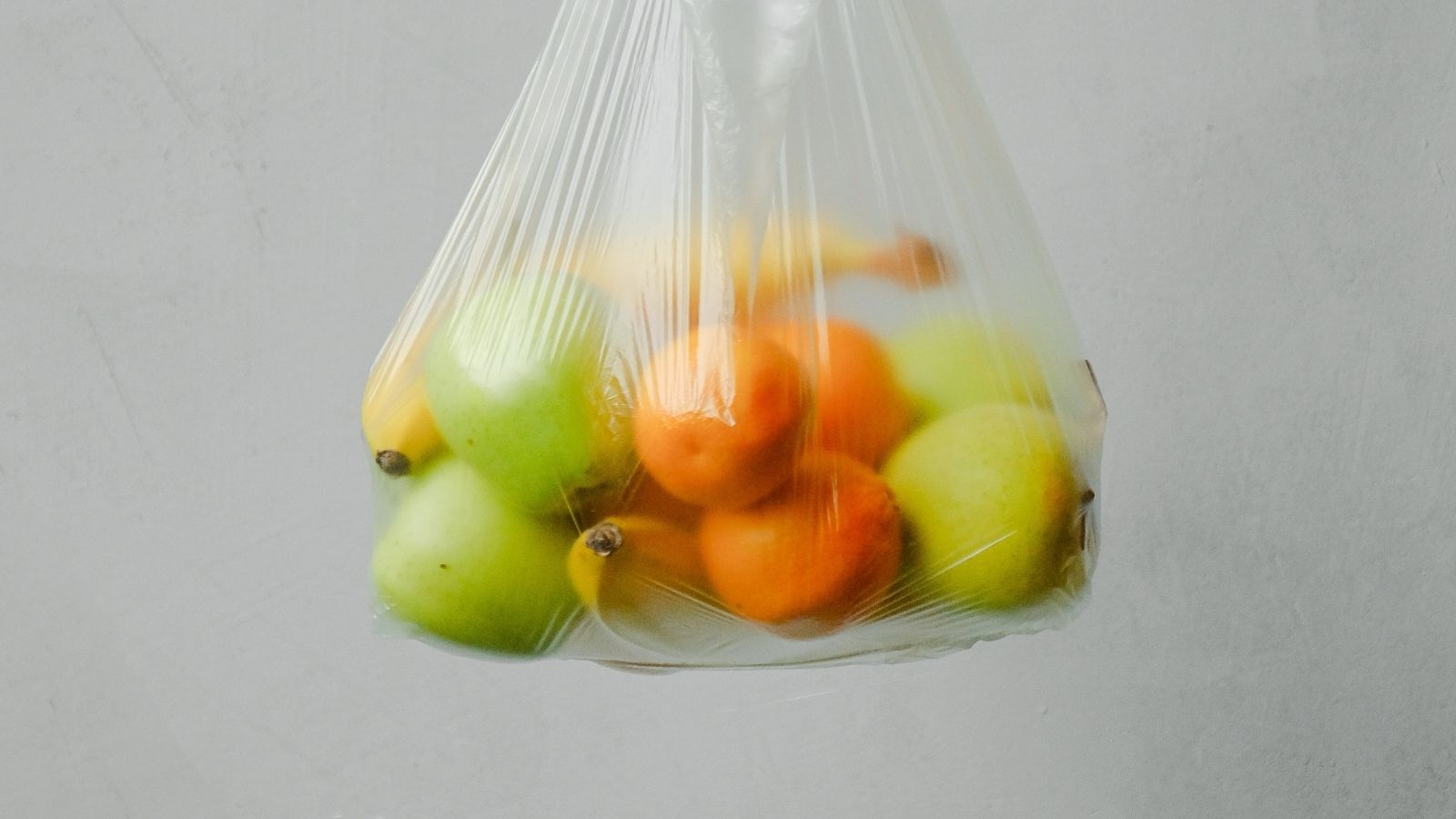
Toxic chemicals in single-use plastics are harming human health
Plastic is a problem not just for our environment, but also for our health. Chemicals used to make plastics anti-microbial, flame retardant, and more, can be toxic.

For years, we have known that the harmful effects of plastic are found everywhere in our natural environment. We’ve seen images of birds and sea turtles choking and entangling themselves to death on plastic waste. But beyond its impact on wildlife, microplastics are now concealed in the air we breathe, water we drink, and food we eat; humans are estimated to eat a credit card worth of plastic every week.
We also know that plastic isn’t just harmful as physical waste; plastic products often contain harmful chemicals. A 2020 report compiled a summary of international research on endocrine-disrupting chemicals used to make plastic, from solvents, colorants, plasticizers and UV-stabilizers to chemicals intended to make plastics antimicrobial and flame-retardant. The report found that 144 chemicals/chemical groups included in the review were known to be hazardous to human health.
The aforementioned report focuses on a specific kind of health effect seen in plastics and the chemicals they can leach, called endocrine or hormone disruption. Our hormones play crucial roles in many of our bodily systems and are vital to our reproductive development and growth. This means children are especially susceptible to the health risks of harmful chemicals found in plastic.
The chemicals found in plastic products can linger in our environment even after the plastic has been cleaned up. A recent study found that when scientists introduced and then removed plastic from an aquatic environment, sea urchins still developed abnormal skeletons and nervous systems because of the chemicals left behind. To make matters worse, plastics have the unique ability to bind together chemicals that are otherwise more diluted in the environment, meaning they become carriers of all sorts of concentrated toxins.
Hazardous chemicals can be found in single-use plastic food wrapping and containers, which have direct contact with the food we eat and may introduce these chemicals into our bodies.
One familiar example is BPA, which is well known due to “BPA-free” marketing and the European Union listing BPA as a substance of high concern. Exposure to BPA can affect brain development and behavior. BPA has also been linked to hormone disruption, reproductive problems in men and women and other harmful health impacts.
There is a solution. Many of the most common single-use plastics polluting our environment contain toxic chemicals that harm human health. By banning unnecessary single-use materials — such as plastic film used in plastic bags and polystyrene used in foam packaging — we could prevent a lot of these chemicals from seeping into the environment.
To reduce our risk of exposure to these toxic chemicals and maintain a cleaner environment, we must start by calling on our legislators to ban unnecessary single-use plastic and transition to non-toxic, reusable alternatives. Nothing we use for a few minutes should persist in our environments and threaten our health for generations.
In the meantime, consumers can take steps to protect themselves from toxic chemical exposure in plastics. If you’re interested in learning more, check out our tips on “How to Avoid Harmful Chemicals In Plastics” for how to protect yourself and your loved ones.
Topics
Authors
Danielle Melgar
Food & Agriculture, Advocate, U.S. PIRG Education Fund
Danielle works to ensure our food system produces enough nutritious food to feed everyone, without threatening our health, the planet, or the ability of future generations to grow food. Danielle lives in Chicago, where she enjoys staying active in the outdoors, trying out new recipes, and writing short stories.
Danielle Melgar
Food & Agriculture, Advocate, U.S. PIRG Education Fund
Danielle works to ensure our food system produces enough nutritious food to feed everyone, without threatening our health, the planet, or the ability of future generations to grow food. Danielle lives in Chicago, where she enjoys staying active in the outdoors, trying out new recipes, and writing short stories.
Find Out More

Got PFAS?

Has PFAS contaminated your beach?

Major PFAS manufacturer will pay more than $10 billion for clean-up
